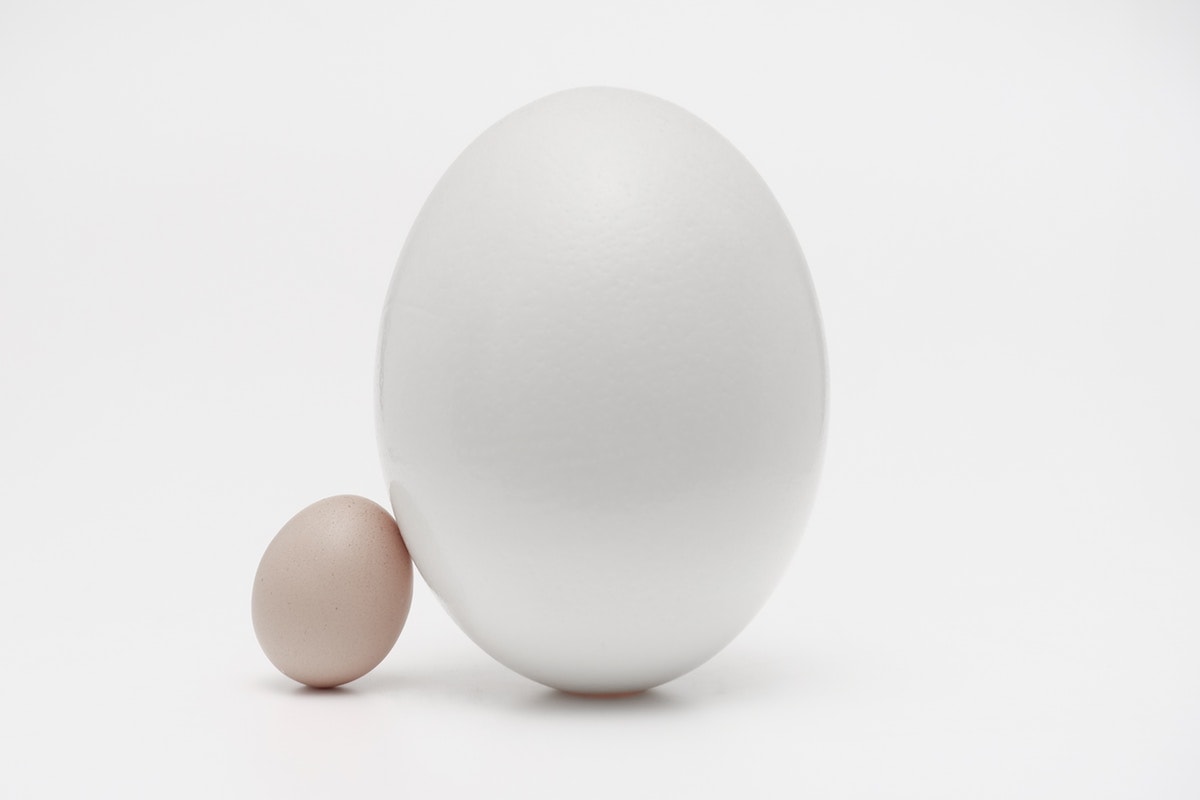Life can be unpredictable, which is where having a Plan B can come in handy. Unlike men who want children, women have to keep an eye on their biological clocks, which can add unnecessary stress as they wait for the perfect time and place. However, as Rachel Moon found out, it doesn’t have to be like that.
“Freezing my eggs was a decision I should have made earlier, but I let other people’s opinions hold me back,” says Rachel. Fresh from a divorce, Rachel worried that the decision to visit a fertility clinic was admitting she wasn’t going to find her “forever person and start a family,” but her fears and insecurities quickly faded as she realised the empowerment of making her own choices. “Choosing to freeze your eggs is not a failure, it’s being fearless.” Rachel shares her journey with Compare Retreats and explains what every woman should know about visiting a fertility clinic to freeze her eggs.

Putting your eggs on ice does not guarantee you a baby
Freezing your eggs is a numbers game. Say, for example, you put 10 eggs on ice: 95% will make it through the defrosting process. That leaves 9 that will go on to meet their baby daddy, in the fertilisation round. There is a 60% success rate of creating a healthy embryo, so now you have a possibility of 6 future babies. If you’re over 35 they will want to implant two. So, for 10 eggs you get 3 chances at IVF, each having a 25% success rate (this number is different depending on your age).
Do your research
Those above numbers are the statistics of the clinic I went to, Weill Cornell Medicine, which has one of the highest success rates in the world. Not every clinic is the same, so you need to ask not only for their clinic success rate at retrieval and freezing but also at successful defrosting and implantation. It’s also worthwhile asking for this information by age group.
It’s a physical and emotional roller coaster
Injecting yourself every night makes you feel like you’re in a science project, with daily bloodwork and internal scans to monitor your progress. You then have to wait for your progress report and alter medication accordingly. It’s hard not to judge yourself, and question if you are underperforming. Cue endless Google searches. Boobs getting bigger, but not in the ‘check-me-out’ way. There’s also bloating and water retention to deal with. Sounds like a party, right?
You are going to have surgery
There is a lot of talk about the daily injections but not much about how they get the eggs out. Well, the fact is, you are having surgery. Yes, it’s fast (12 minutes) and pain-free (mostly) but being taken into the surgical room surrounded by a team of masked people is pretty daunting. To be honest, though, it’s probably the easiest part of the whole process. You just need to chill out for the rest of the day. Did someone say “Netflix”?
It’s expensive
Yes, but so is a Chanel handbag. We all prioritise the spending in our lives and that’s the main thing I asked myself: where does this sit? Think of it like insurance: it’s not cheap but if you do end up using it, it’s worth every penny. You want to budget between US$12-15,000. Around US$5,000 in medication, US$8,000 in procedures and US$2,000 in consultations and pre-testing.
It’s a lonely journey
Even though I was staying at a friend’s place and had amazing phone support, those moments when you’re alone injecting yourself, the loneliness hits you in the face (or, should I say stabs you in your subcutaneous fat). After say day 5 or 6 you start to feel kind of uncomfortable as your ovaries start to kick it up a notch. Your usual cycle produces one egg, inside a single follicle. During the stimulation part of the process, you have 10–30 follicles springing into action and each one is growing to approximately 20mm. Cue Pyjamas, ice-cream and the sofa.
It will interrupt your fitness routine
This for me was by far the hardest part of the process as they ask you to refrain from working out during the whole process. Yup, that’s 10-12 days of injections, one day of surgery and seven days post-surgery, a total of 20 days without a sweat-infused session and boy did I miss it. Walking longingly past the spin studios, wanting to just clip in for a moment, I replaced the spin of the wheel with the slowing down of the mind: meditation. Known to release endorphins and increase dopamine, serotonin, and melatonin, it helped me achieve the same happy, calm, content place that working out does for me… well almost.
It’s time-consuming
As I mentioned above the process is a minimum of two weeks. If I worked in an office, I felt I could have easily worked the whole way through the process. However, the morning consultations which are almost daily, take about 30–60 minutes. Then at night, you have to inject yourself at the same time every night, so your life revolves around that.
Google is not your friend
From, “Is it bad to inject air into your stomach?” (yes, it happened) to, “Sex after egg retrieval?” you find yourself cruising for answers every day. Well, the truth is, you’re paying good money to have this done, so ask the expert—after all, you will be seeing them every day. Every woman has a different journey irrelevant of age, so just follow the instructions, avoid coffee, alcohol, stressful situations and stay positive.
The laws are antiquated
In Asia, there are some countries that you can do elective egg freezing: Hong Kong is one of them. However, the flip side is to use them you need to be married. This law was passed in 1997 and it doesn’t look like it’s changing. Though single-parent adoption is now allowed… so if you can raise a baby solo, why can’t you make one?
One person’s experience should never be considered an omen for your own, particularly with something like this, but if egg-freezing is going to become more commonplace, we must encourage transparent conversation about what it entails.
So, If you’re unsure whether to do it or not, I would ask you one thing. Will you regret it if you don’t?



